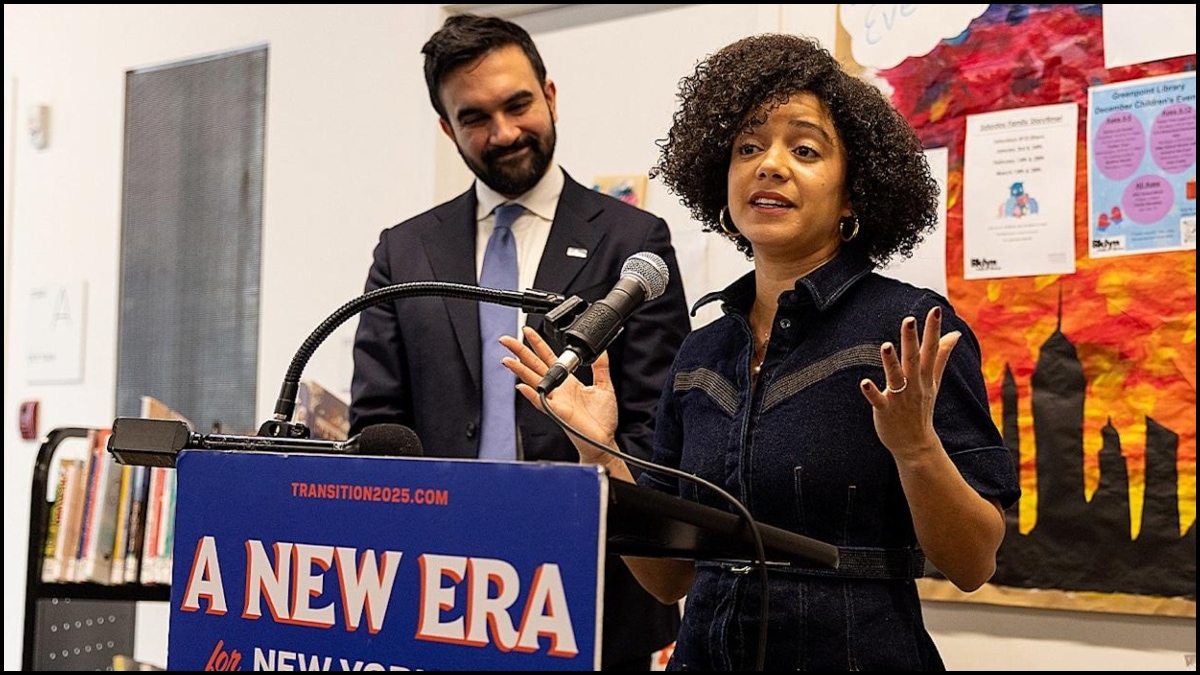The government’s IndiaAI Mission, backed by an initial allocation of Rs 10,300 crore till 2029, is being positioned less as an end in itself and more as a catalyst to attract large-scale private investment. Already, it has triggered commitments from major tech players and data centre operators. Abhishek Singh, additional secretary, MeitY and CEO of the IndiaAI Mission, tells Ojasvi Gupta how this seed funding is shaping the AI ecosystem, why governance will be sector-led, and what to expect from indigenous model development. Excerpts:
How do we plan to create the infrastructure for data centres?
Data centres can’t exist in isolation. They need undersea cables for data transfer, which is why most of them are located in Mumbai and Chennai. A new undersea cable is coming up in Visakhapatnam, which will help build an ecosystem there. Connectivity and energy are the two critical ingredients for data centres, and interestingly, nearly 30% of this energy already comes from renewables.
What sort of framework do you plan around AI governance?
Our regulatory approach is designed to encourage innovation rather than restrict it. We believe regulation should focus on applications, not the underlying technology. Sectoral regulators will take the lead in deciding how AI can be used in their respective domains. For example, if an AI tool is deployed in healthcare, the health ministry should regulate it. There is no need for a separate overarching regulator.
What kind of investments are required for an LLM model to ensure that indigenous models take the lead? Any take on Sarvam?
Every technology has its own development journey. Sarvam is in its early stages, while others may be further ahead, but with consistent effort, they are expected to deliver widely adopted products. We have already announced funding for four additional models, with more to follow soon. There is a structured, comprehensive funding pipeline for indigenous model development.
What’s your take on the Indian AI Mission? Does the investment of around Rs 10,000 crore set the mark, or should it be more?
The Rs 10,000 crore is just a starting point, not a cap. Once this is fully deployed, more funds can be allocated. What matters is that this initial push has triggered significant follow-up investments. Take compute, for instance — private players have already set up 38,000 GPUs worth around Rs 20,000 crore. Alongside, we are seeing large data centre commitments. Microsoft and Jio have announced projects, and we are hearing of interest from Google, OpenAI and IBM. In total, we expect investments in the ecosystem to cross $10 billion.
Is it the impetus provided by the AI Mission that’s driving these private sector investments?
The government’s role is catalytic, but ultimately, businesses invest where they see growth. The domestic AI market is expanding rapidly, and investors are responding to that potential. OpenAI has publicly stated that India is its fastest-growing market. The mission creates the right environment, but market opportunities are what make private commitments sustainable.
Do you have any projections yet? How much of this amount is remaining?
We have used only a small fraction so far — around Rs 1,000 crore. Even with GPUs, the model isn’t about the government buying them but about incentivising industry to do so. Companies like Yotta, E2E Networks and Jio are already investing heavily. The government subsidises end usage, which ensures sustainability. So, future investments will be a mix of public and private, with the latter likely to outpace the former.








